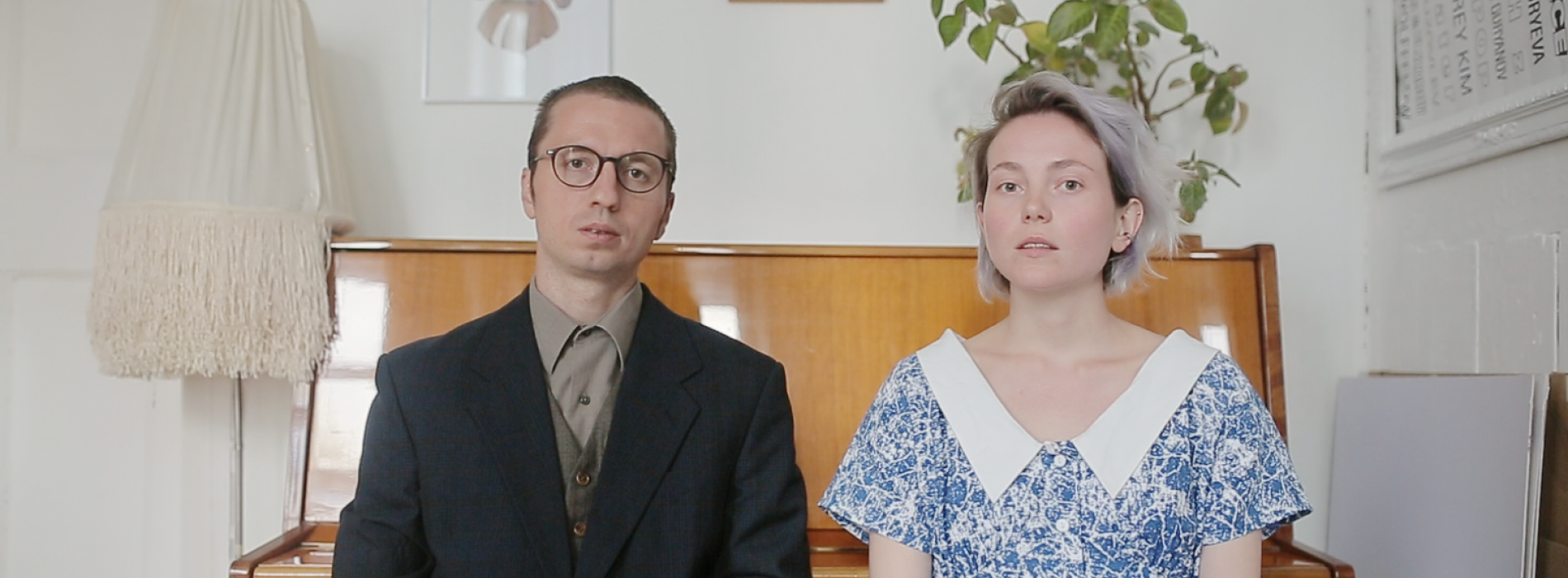
 News
News
Welcome to the four laureates of the artist-in-residency programme
In April 2020, we launched a second Open Call for an artist-in-residency program at Campus Biotech with the Fluxum Foundation and the Embassy of Foreign Artists (EOFA).
The goal of these residencies is to promote exchanges and intersections between scientific and artistic practices. They are intended to encourage the emergence of new ways of formulating, perceiving and using both scientific and artistic research. Through connections between two fields, they will foster a better understanding of their respective fields of research.
We are very pleased to announce that from April to June 2021, the MIPLab, Institute of Bioengineering (EPFL), the Medtronic Chair in Neuroengineering (EPFL) and the Sleep and Cognition Lab (UNIGE), will welcome the four laureates of this artist-in-residency programme Open Call:
SEAN CROSSLEY
*1987, Australia. Lives and works in Brussels
Primarily working through painting, his works present a set of systems for dealing with subject matter as (simply) mass organized across space. The cognitive, the bodily and the social are brought together into an abstract space where any given thing can be subjected to reconfiguration. Crossley’s attention has increasingly shifted towards the cultural and economic conventions of painting; how the overlapping subjects, forms and contexts of this rich critical space perform within our visual cultures of speed and abundance. Approaching themes and symbolic resources from generations ago through to the recently ‘out of date’, he reminds the viewer of the persistence of painting as a mode of thought and its capacity to seduce a prolonged, idiosyncratic engagement with imagery.
Project
Project – Fully Motional – a technique handbook, will aim to intersect aesthetic and neurological practices through the development of an object converging an artist’s book with a user’s manual. Such a book could only be generated through intimate, reciprocal exchange between artistic and scientific domains – a rare circumstance that will direct my residency at the EOFA in collaboration with the MIP lab at Campus Biotech Geneva. The book will develop a series of modules that carefully discuss and document research conducted in the laboratories, whilst providing a platform that encourages a reader to conceptualise and manipulate the material idiosyncratically.
ANTOINE ORAND
*1988, Paris
Antoine Orand’s artistic practice is centered on drawing and independant publishing. Found therein is a distinctive taste for graphic novels, the co-direction of a documentary film (Il Martello Il Coltello e la Pietra), and the organisation of trans-disciplinary events (Podium Office). His practice oscillates between baroque outpourings and minimalist tendency; sub-culture derivatives and sci-fi works; instruction manuals and logotypes. Frequent visits to peculiar and specialist bookshops helped shape the profane, fringe culture that underpins his research and publications.
Project
“My proposition is to come and meet, observing and describing by means of painting and drawing, the Medtronic Chair in Neuroengineering’s laboratory team and the experimental protocols that unfold there.The resulting works and documents produced during the residency will then be archived to an open-access webpage. Subsequently, this page will form the basis of a printed work.
EKATARINA PRYANICHNIKOVA – ALEXANDER SERECHENKO
Alexander Serechenko graduated from the Moscow Engineering Physics Institute, Information Security faculty. He is programmer, musician and media artist and he is working with an interactive environments and generative practices. Ekaterina Pryanichnikova graduated from The Rodchenko Art School and she is working on experimental methods of manual printing, video works, photography, installation. Together, they explore the paradigm of new media, combining traditional artistic techniques and new technologies.
Project
We want to develop in collaboration with the Sleep and Cognition Neuroimaging Laboratory of the University of Geneva an interactive installation – algorithm based on the AttnGAN neural network will “imagine” and show the viewer his dreams on a screen. Viewer just have to start to describe aloud his dreams. Mimic repetition (produced by the machine) of pseudo-random ritual (the algorithm that produces our dreams) turns the dream into reality.